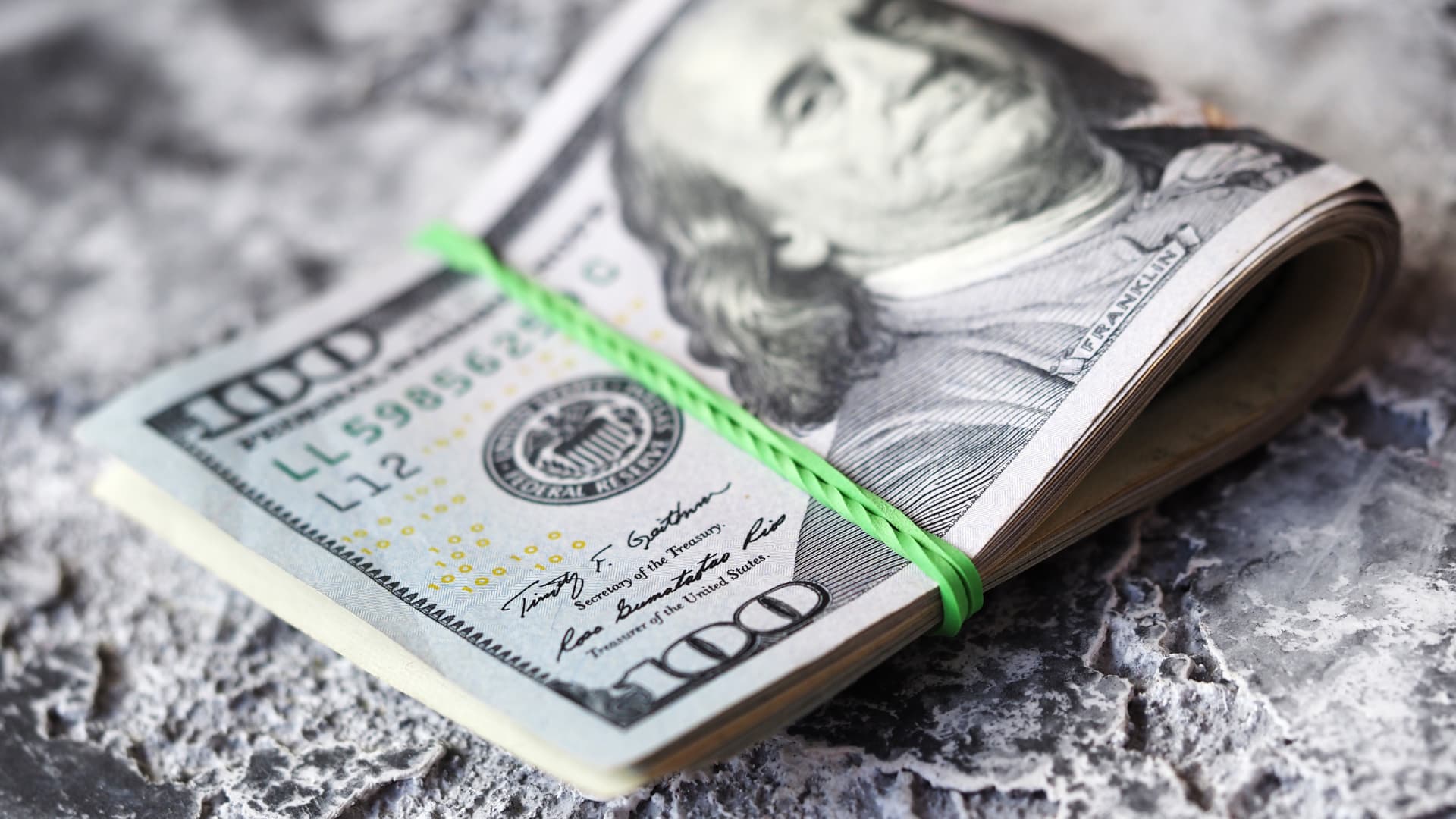Forex
Dollar getting cheaper to most major currencies

The ICE-calculated index showing the dollar’s dynamics against six currencies (euro, Swiss franc, yen, Canadian dollar, pound sterling and Swedish krona) is losing 0.03% in trading, while the broader WSJ Dollar Index is down 0.24%.
Traders are waiting for the publication of the minutes of the Federal Reserve (Fed) December meeting, expecting to see signals in it that the U.S. Central Bank is ready to soften plans to further raise the benchmark interest rate amid weakening global economic activity, notes Market Watch.
Why is the Dollar getting cheaper?
The Fed raised its rate by 50 basis points (bps) to 4.25-4.5% per year in December, while at the previous four meetings it had increased it by 75 bps. At the same time, Fed Chairman Jerome Powell said that the U.S. Central Bank will raise the rate until it reaches its inflation targets.
“While the Fed plans to keep rates high longer than previously expected, markets continue to resist, still expecting policy easing,” High-Frequency Economics experts Rubila Farooqui and John Silvia said in a review. – We don’t expect the Fed to move to lower rates this year.
if the dollar price of a euro is falling. The Euro / U.S. Dollar exchange rate rose 0.27% on Wednesday, trading at $1.0577 compared to $1.0548 at the close of the previous session. The pound/dollar exchange rate rose by 0.29% to $1.2003 against $1.1968 the previous day.
The U.S. currency fell by 0.42% to 130.847 yen against 131.02 yen at the end of the previous trading session. The dollar/yuan exchange rate declined during trading to 6.8919 yuan against 6.9151 yuan the day before.
Earlier we reported that Croatia became a member of the Schengen Agreement on visas and introduced the euro on January 1.

 Forex3 years ago
Forex3 years agoForex Today: the dollar is gaining strength amid gloomy sentiment at the start of the Fed’s week

 Forex3 years ago
Forex3 years agoUnbiased review of Pocket Option broker

 Forex3 years ago
Forex3 years agoDollar to pound sterling exchange rate today: Pound plummeted to its lowest since 1985

 Forex3 years ago
Forex3 years agoHow is the Australian dollar doing today?

 Cryptocurrency3 years ago
Cryptocurrency3 years agoWhat happened in the crypto market – current events today

 World3 years ago
World3 years agoWhy are modern video games an art form?

 Commodities3 years ago
Commodities3 years agoCopper continues to fall in price on expectations of lower demand in China

 Economy3 years ago
Economy3 years agoCrude oil tankers double in price due to EU anti-Russian sanctions





















